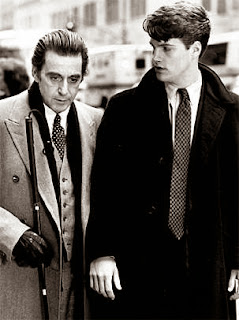When I was in London, as a director I used to imagine how the film starts
and I decided to start it with a scene of sun rise. While I was wandering in
the village in India, I saw a high cliff overlooking the village and have a
panoramic view, so I asked the driver to take us to the cliff, he told me that
it is full of Copra snakes . It was midday and I asked the driver to go there
and risk!. We were very scared and the driver was in the front, he was holding
a big stick to detect the land with, mounting was really hard among Copra
snakes burrows, finally we reached at the top of the cliff. The view was
fantastic; we defined the place and time of sun rise and agreed together in the
early morning while darkness is still present so we prepared the headlights we
brought from London.
The idea was crazy as there were no nearby hospitals but we decided to risk
for the sake of a nice shot in which the camera man takes a nice shot with
sounds of nature in the background. Before we recorded the sun rise scene, we
had gone to Mumbai to hire two Canon lenses 16-35 for landscapes and 70-200
long lens as our university never provides this sort of lenses. We used the wide
lens to take a shot of the whole village while the long lens to take the shot
of sun rise.
The journey to Mumbai to hire the
lenses was hard and tiring, we spent the whole day for going there and coming
back. Mumbai is a large crowded noisy city full of car fumes that hinder seeing
a clear sky. When we returned the village, it was like paradise compared to
Mumbai. The promised day came, all of us wore his boots to protect us from
snakes bites, we provided ourselves with headlights, packed our sound and cameras
equipment and sat off to the promised cliff. I can’t describe my feelings
especially the darkness and sound of wooden bushes breaking under our feet
thinking it rustles of snakes. We reached the top of the cliff and started to
put out our things, and then we shot scenes of the village and cliff in peace.
When we went back to London and played
these scenes, I felt so happy and proud of them. I asked myself “will the
audience notice what difficulties we passed through to get these shots?!”






















